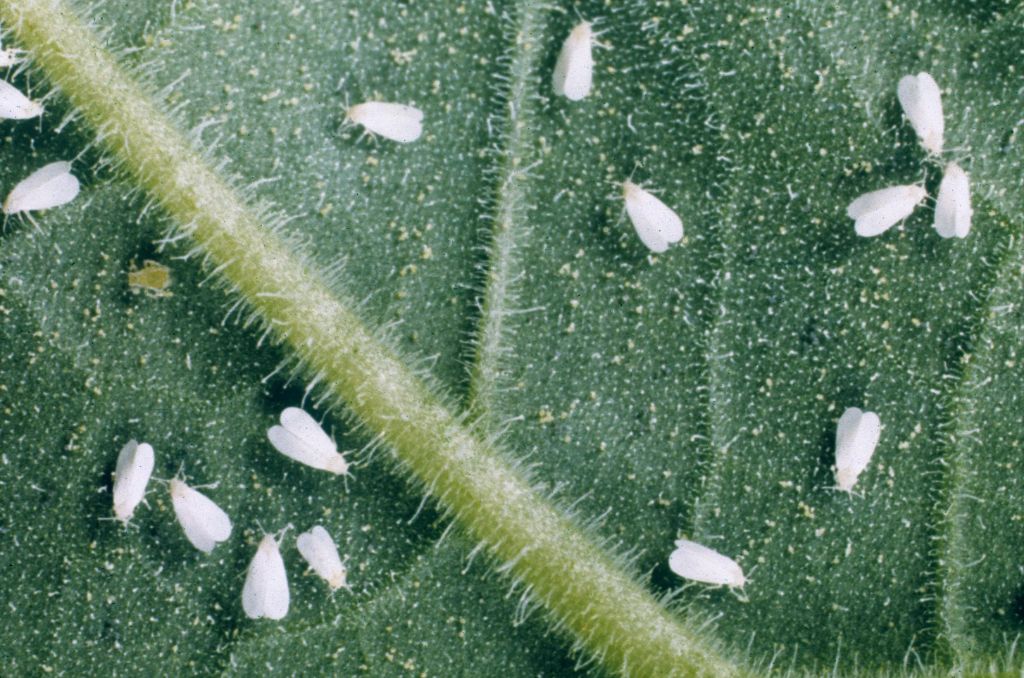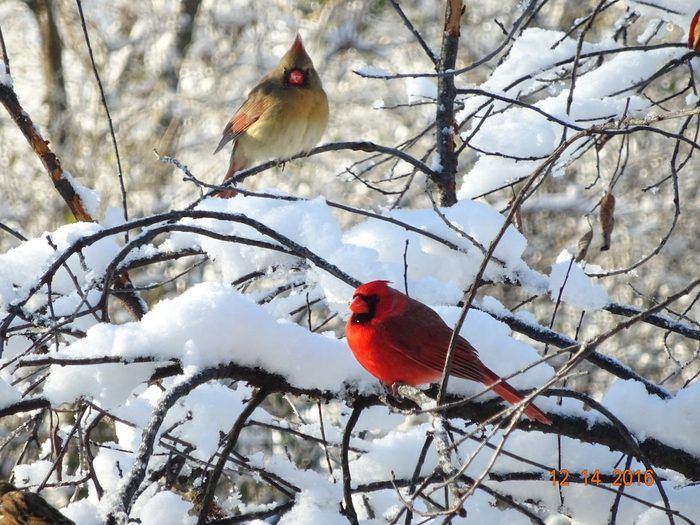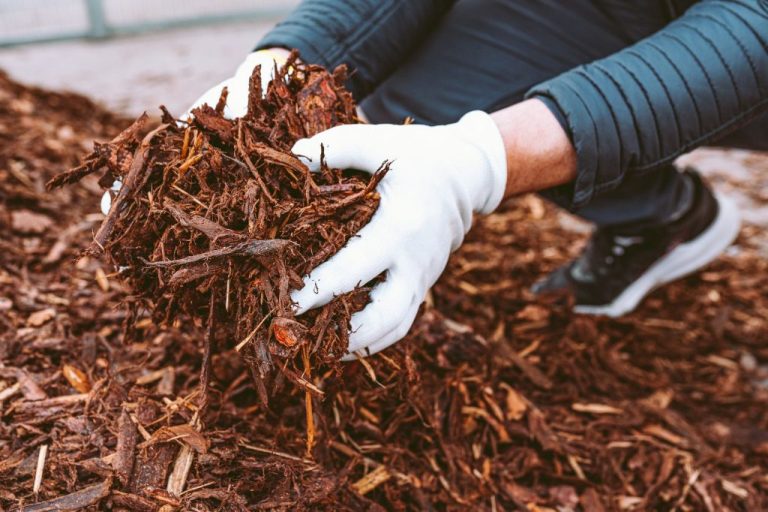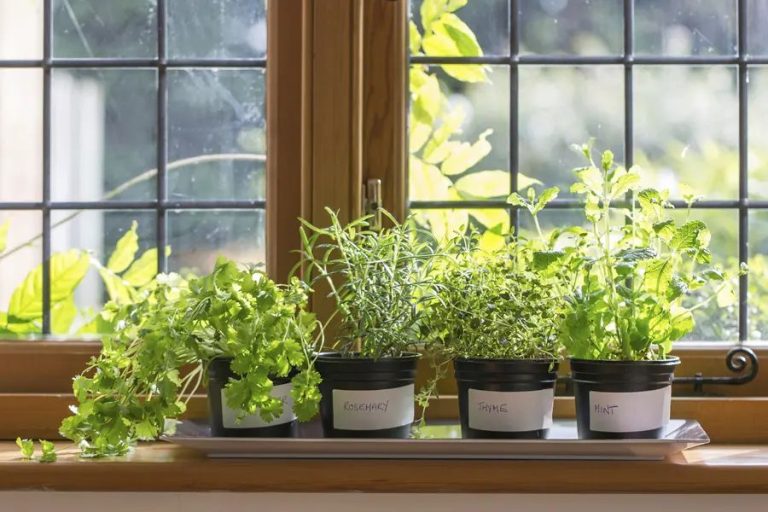Spring Garden Pest Control: Protecting Your Plants From Insects
Spring presents a beautiful time when gardens come alive, but it also marks the return of many plant-damaging pests. Common spring garden pests like aphids, slugs, cabbage worms, and beetles can quickly get out of control and wreak havoc on vegetable plants and ornamentals. Left unchecked, pests can decimate crops, reduce yields, destroy plantings and spread disease (source).
Controlling spring pests is crucial to protect the health and productivity of gardens. Implementing prevention and control measures keeps pest populations low and prevents widespread damage. An integrated pest management (IPM) approach utilizes a combination of cultural, mechanical, biological and chemical controls tailored to specific pests. IPM minimizes risks to people, plants, and the environment while still effectively managing pests.
This article will provide an overview of common spring garden pests, the type of damage they inflict, and techniques to prevent and control them while protecting your plants.
Identifying Common Pests
Some of the most troublesome garden pests to look out for in spring include:
Aphids
Aphids are small, soft-bodied insects that feed by sucking sap from new growth on plants. Signs of an aphid infestation include curled, distorted leaves, sticky honeydew residue, and clusters of small pear-shaped bugs on stems and the undersides of leaves. Aphids can spread viral diseases between plants. Beneficial insects like ladybugs, lacewings, and syrphid flies help control aphid populations (HomePest, 2022).
Japanese Beetles
Japanese beetles are metallic green and copper insects around 1/2 inch long. In spring, the grubs feed on roots below ground. Adults emerge in summer and skeletonize the leaves of over 300 plant species. They leave behind lacy leaves with veins intact. Handpicking and traps can help manage infestations (Forbes, 2022).
Caterpillars
Several moth and butterfly species have caterpillars that feed on garden plants in spring. Look for chewed holes in leaves, frass, and the caterpillars themselves. Common pests include tomato hornworms, cabbage loopers, cutworms, and corn earworms. Targeted sprays of Bt-kurstaki can control populations without harming beneficial insects.
Snails and Slugs
Snails and slugs leave behind telltale slime trails as they feed on tender seedlings, leaves, flowers, and fruits. They cause the most damage in cool, wet spring weather. Traps, barriers, and baits can help protect plants from snails and slugs. Take care to avoid harming beneficial ground beetles.
Learning to identify both beneficial and pest insects takes careful observation. Reference guides, web resources, and advice from knowledgeable gardeners can help accurately diagnose issues.
Preventative Measures
There are several effective preventative measures gardeners can take to avoid pest infestations in the first place. Keeping a clean garden is one of the most important things you can do. Regularly removing fallen leaves, debris, weeds, and diseased plant material deprives pests of food sources and breeding grounds [1].
Checking susceptible plants frequently is another critical tactic, as catching infestations early allows for easier control. Physically blocking pests with row covers or cloches can prevent access to plants. Crop rotation from year to year limits pest populations that prefer specific crops. Selecting pest-resistant plant varieties and proper timing and site selection further reduce vulnerability [2].
Finally, interplanting pest-prone crops with pest-repelling plants like onions or garlic employs companion planting principles to naturally deter pests.
Non-Chemical Controls
There are many effective non-chemical methods for controlling common garden pests. These techniques avoid the use of toxic synthetic pesticides.
Insecticidal soaps made from potassium salts of fatty acids can kill soft-bodied insects like aphids, whiteflies, and mites. The fatty acids disrupt the insects’ cell membranes, causing them to dehydrate and die. Brands like Safer’s Insecticidal Soap are OMRI certified for organic gardening.

Horticultural oils like neem oil, canola oil, or mineral oils coat insects with a fine film and clog their breathing holes, leading to death. Oils also disrupt insect reproduction and egg hatching. Neem oil comes from the neem tree and contains azadirachtin, which makes insects stop feeding and disrupts their growth. Brands like Wondercide use neem oil as an active ingredient.
Organic pesticides containing ingredients derived from plants, like neem oil, pyrethrins, or d-limonene can control pests without synthetic chemicals. Look for OMRI certified organic pesticides. Always follow label directions carefully.
Beneficial insects like ladybugs, lacewings, predatory mites, and parasitic wasps can be purchased and released onto garden plants to feed on pest insects. They provide natural biological control. Lacewings prey on aphids, mealybugs, whiteflies, and other soft-bodied insects.
Traps, pheromones, and tape can be used to monitor and control insect pests. Sticky traps catch flying insects, while pheromone lures attract certain pests for trapping or disruption of mating. Pests like cucumber beetles can be hand-picked off plants.
Regular sprays of water can knock many soft-bodied insects off plants to control populations. Caterpillars can be hand removed or sprayed off with a jet of water.
Choosing plants like marigolds, garlic, and chives can repel certain garden pests with their strong scents. Companion planting with pest deterring plants provides natural protection.
Chemical Pesticides
Chemical pesticides should only be used as a last resort when other pest management options have failed. However, when pest pressure is high and threatens to severely damage your garden, targeted applications of chemical pesticides can quickly knock down damaging pest populations. When using chemical pesticides, always read and follow label directions carefully to ensure proper and legal use.
The most common types of chemical pesticides for home garden use include insecticides, herbicides, fungicides, and miticides. Insecticides control insect pests, herbicides control weeds, fungicides prevent fungal diseases, and miticides control mites.
When applying any chemical pesticide, be sure to wear protective clothing and gear as recommended on the label. Carefully measure and mix products according to label rates. Spot treat affected plants only and avoid widespread applications. Apply on calm days to avoid drift onto non-target plants and pollinators. Water in granular products after application as directed.
Some common active ingredients in home garden pesticides include:
- Insecticides – permethrin, bifenthrin, acetamiprid, imidacloprid (source)
- Herbicides – glyphosate, 2,4-D, dicamba, glufosinate ammonium
- Fungicides – chlorothalonil, myclobutanil, copper
- Miticides – abamectin, bifenazate, spiromesifen
When spraying insecticides, avoid applying them directly on flowering plants to minimize harm to visiting pollinators like bees and butterflies. Instead, spot treat affected foliage only. Switch to more pollinator-friendly products like insecticidal soaps or oils when plants are blooming.
IPM Approach
Integrated pest management (IPM) is a holistic approach to pest control that focuses on long-term prevention and management of pests and their damage. The key aspects of IPM include:
- Monitoring and identifying pests – Regularly inspect plants and use traps and other methods to detect pests early. Proper pest identification is key for effective management.
- Using multiple control methods – IPM utilizes various physical, biological and cultural controls before considering chemical pesticides. Methods like row covers, natural predators, crop rotation, and pruning are employed.
- Preventative measures as first line of defense – IPM prioritizes altering the environment to prevent pests in the first place, such as improving soil health, selecting pest-resistant varieties, and cleaning up debris.
- Least toxic options first – If intervention is needed, low toxicity physical or biological controls are used before chemical pesticides. Products like insecticidal soaps or oils typically have minimal environmental impact.
- Only using pesticides as needed – Chemical pesticides are viewed as a last resort in IPM programs and applied only if monitoring indicates they are truly necessary.
The goal of IPM is effective, long-term pest management while minimizing risks to human health and the environment. When consistently implemented, an IPM approach can reduce or eliminate reliance on chemical pesticides. According to the USDA, IPM “is a sustainable approach to managing pests by combining biological, cultural, physical and chemical tools”.
Specific Pests
Aphids are among the most common pests that plague spring gardens. They are small insects in the superfamily Aphidoidea. According to the University of California Statewide Integrated Pest Management Program (UC IPM), aphids have many generations a year. They attack a wide variety of plants, including flowers and vegetables. They feed on plant sap and excrete a sticky secretion called honeydew which promotes the growth of mold. Aphids damage plants by sucking sap, causing deformed growth, transmit viruses, and encourage sooty mold.
The life cycle of aphids enables them to quickly infest plants and multiply. In spring, female aphids reproduce without mating, giving live birth to female nymphs that mature in 7-10 days. The nymphs themselves begin reproducing in just a week. According to Koppert Biological Systems, under optimal conditions, one female can produce nearly 100 offspring in a week. The populations build up rapidly but die off when the weather gets hot. Some females produce eggs that overwinter and hatch in spring to start the cycle again.
The most effective control for aphids is natural predators like lady beetles, lacewings, and parasitoid wasps. Insecticidal soaps and horticultural oils can also help reduce aphid populations. It’s best to control aphids early before their populations explode. Scouting regularly and spot-treating infestations is key. Removing overwintering sites like plant debris helps reduce the founder populations in spring.
Managing Plant Diseases
Some of the most common fungal and bacterial diseases that affect vegetable gardens include anthracnose, early blight, late blight, damping off, root rots, and bacterial spot. Preventing diseases before they start is the best defense. Follow proper spacing guidelines to allow for adequate air circulation. Remove any infected plant material and avoid overhead watering. Sanitize tools and stakes between uses with a 10% bleach solution. Rotate crops each year to prevent disease buildup in the soil.
Organic fungicides can help protect plants when applied preventatively. Some options include neem oil, sulfur, copper, and bacillus subtilis. Always follow label instructions. Grow resistant varieties whenever possible. Hybrid tomatoes often have improved disease resistance over heirlooms.
Properly identifying diseases is critical for effective management. Send diseased plant samples to your local cooperative extension office for diagnosis if you are unsure of the cause. Catching problems early maximizes treatment options. With careful observation and preventative care, your spring vegetable garden can thrive.
Sources:
https://extension.uga.edu/publications/detail.html?number=C862&title=disease-management-in-the-home-vegetable-garden
Protecting Pollinators
Conserving beneficial garden insects like honey bees, native bees, butterflies, moths, beetles, flies, and wasps, is crucial for natural pollination and pest control. These pollinators play a vital role in flower and food production both in gardens and agricultural crops. Unfortunately, pesticide use can unintentionally harm or kill pollinators. Studies show that neonicotinoid insecticides in particular have been linked to declines in bee populations (https://bees.caes.uga.edu/bees-beekeeping-pollination/pollination/pollination-protecting-pollinators-from-pesticides.html).
When using any chemical pest control measures, special care should be taken to avoid harming pollinators. Read all pesticide labels thoroughly and avoid applying them when pollinators are active. Apply selectively only to problem areas, rather than broadcasting across the whole garden. Use the lowest effective dosage. Spray late in the day when bees are less active. Consider switching to more natural or organic pest control methods whenever possible.
The best way to protect pollinators is by providing habitat to attract and support them. Plant a variety of flowering plants that offer pollen and nectar sources throughout the seasons. Include native plants that are specially adapted for your local pollinators. Provide clean water sources with shallow puddles or dripping faucets. Supply bare ground, hollow sticks, and nesting boxes for shelter. Avoid disturbing existing bee nests and overwintering sites for butterflies and moths (https://www.epa.gov/pollinator-protection). With thoughtful garden planning, pest control, and conservation, we can protect the pollinators that are so vital to the web of life.
Conclusion
In review, integrated pest management is an effective approach for controlling garden pests through a combination of methods like preventative measures, biological controls, and targeted applications of pesticides as a last resort. By taking proactive steps to build soil health, provide habitat for beneficial insects, and monitor for early signs of pest problems, gardeners can avoid severe infestations that damage plants and require heavy pesticide use.
Adopting IPM practices does require more effort upfront, but saves time and headaches later by keeping pest populations low. Remember that unchecked pests have the potential to completely defoliate plants, stunt growth, and spread diseases. Implementing IPM early on gives your garden the best chance of thriving.
For readers wanting to learn more about IPM for home gardens, check out these helpful resources:






